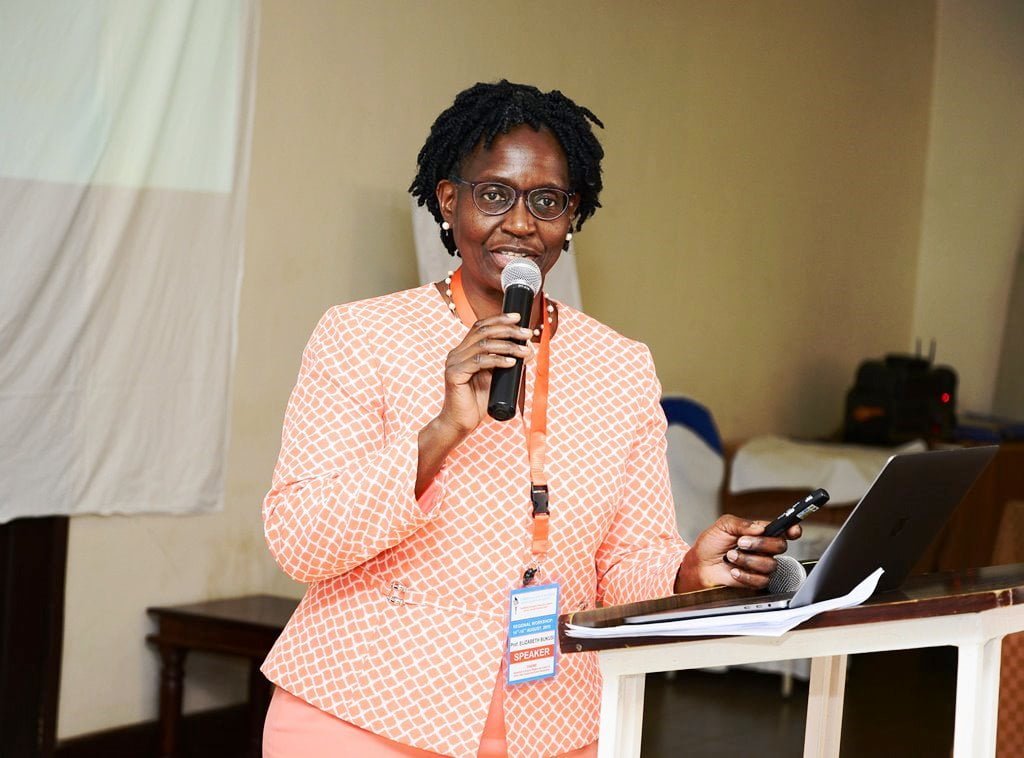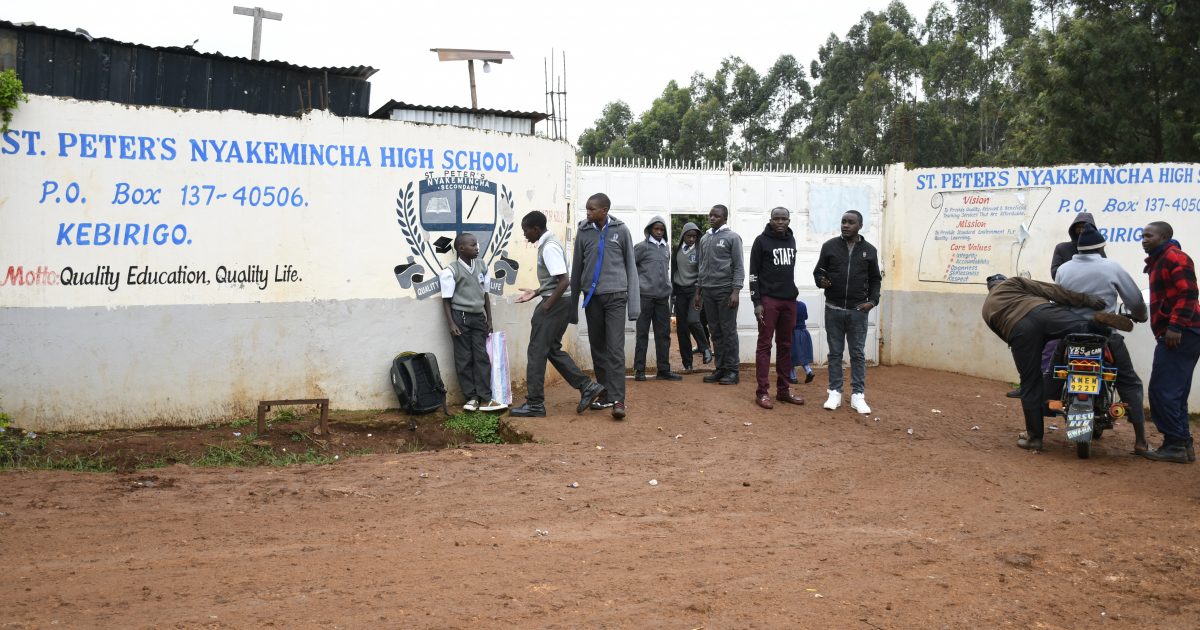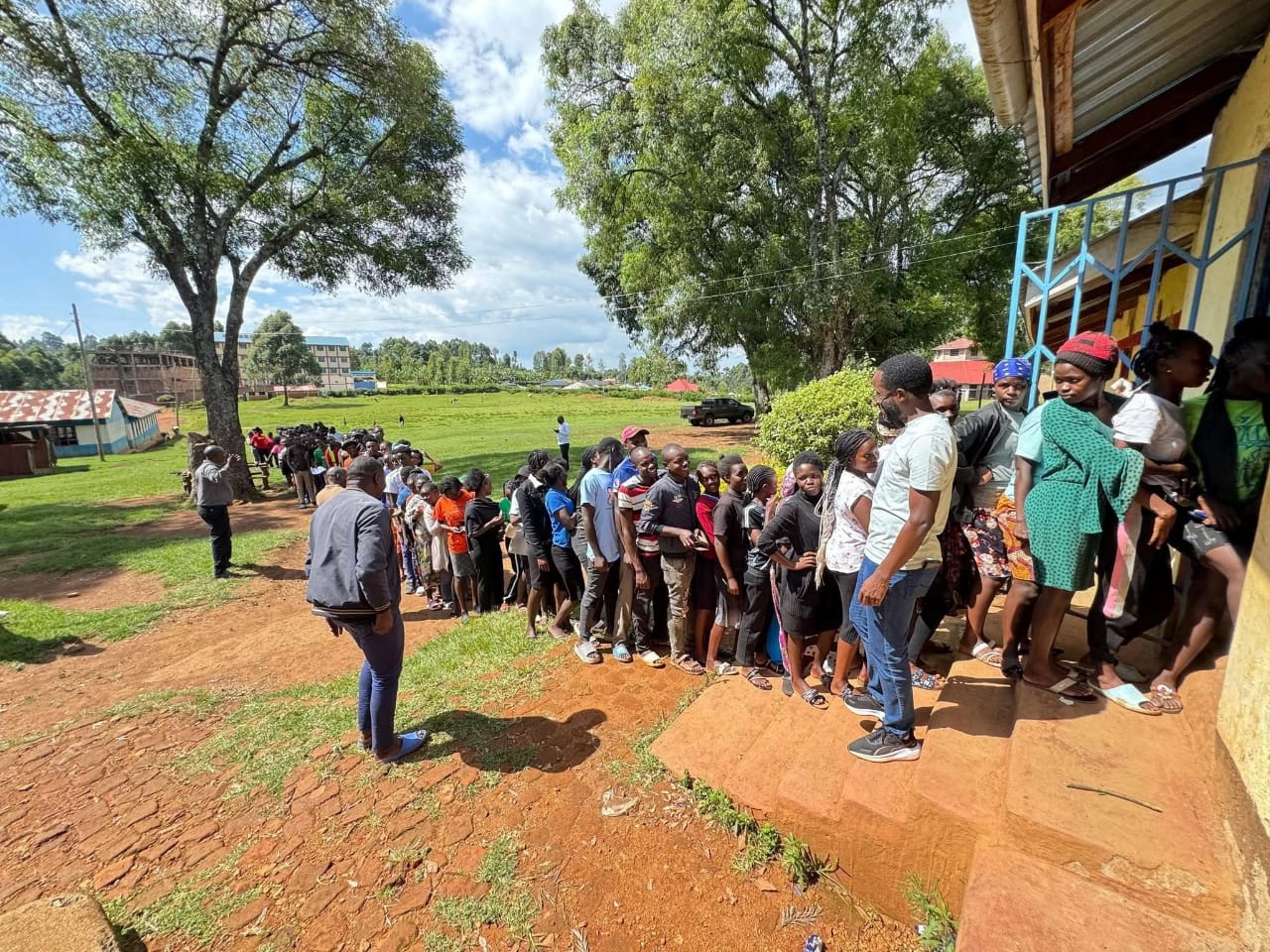By Fredrick Odiero
Several youths who are living with HIV in Kenya and who are under the watch of the Center for Disease Control (CDC) have reached 100 per cent viral suppression levels.
This was revealed by Dr Immaculate Mutisya of the CDC, who said that the youths are found in 13 counties in the country.
Dr Mutisya said the youths had only attained about 60 per cent viral suppression when they started working with them more than four years ago.
Viral suppression is said to have been reached when there are less than 200 copies of the HIV in 1 millilitre of blood. Sometimes it can be so low that it cannot be detected by tests, thus returning a negative result.
Speaking during a 4-day Conference on Reducing HIV in Adolescents and Youth {RHAY} in Kisumu, Dr Mutisya said they had adopted a strategy known as the Optimum Triple Zero (OTZ) in achieving the feat.
She said the concept stands for zero adherence to drugs, zero practice of safety methods and adopting testing of youth and adolescents.
Dr Mutisya said the same concept had been adopted by Nigeria and Ethiopia, following its success in Kenya.
Earlier, Prof Elizabeth Bukusi of Kenya Medical Research Institute (KEMRI) said among the Adolescents and Young People (AYP), 42 per cent of new HIV infections falls between the ages of 15 to 24.
Prof Bukusi, who gave a presentation on Global Landscape on HIV, said stigmatization and discrimination on issues of sexuality must be addressed.
She said the voice of the youth is very important and must be heard as far as the issue of HIV prevention is concerned.
Dr. Elizabeth Irungu from John Hopkins Program for International Education in Gynecology and Obstetrics (JHPIEGO), who gave a presentation on overview of the HIV burden among adolescent and young people in Eastern and Southern Africa, said new HIV infections among AYP is coming down, adding that the problem was “they were not reducing fast to the zero levels of infections”.
Dr. Irungu said the young people want a number of interventions relating to their health care, among them centralizing services so that they can access them at one point.
In addition, the services should be available, affordable and accessible.
“The young people also want ARTs given even in the pharmacies within the community. They also want health care providers who understands and respects them and maintain confidentiality,” Dr. Irungu said.
She indicated that there should also be a process of public participation regarding the young people’s healthcare; that includes whether they want special clinics for their services or not.
The official said young people want support from parents and peers, and the community needs to be fully informed of the issues surrounding HIV as well as programmes that enable the AYP to enjoy their youth but responsibly.
Impact Research and Development Organization director Prof Kawango Agot said young people should be given a chance to discuss their issues freely and come up with amicable solutions to the problems facing them.
She said it is important to have the voices of the young embedded in issues affecting them so that things can be done differently.






